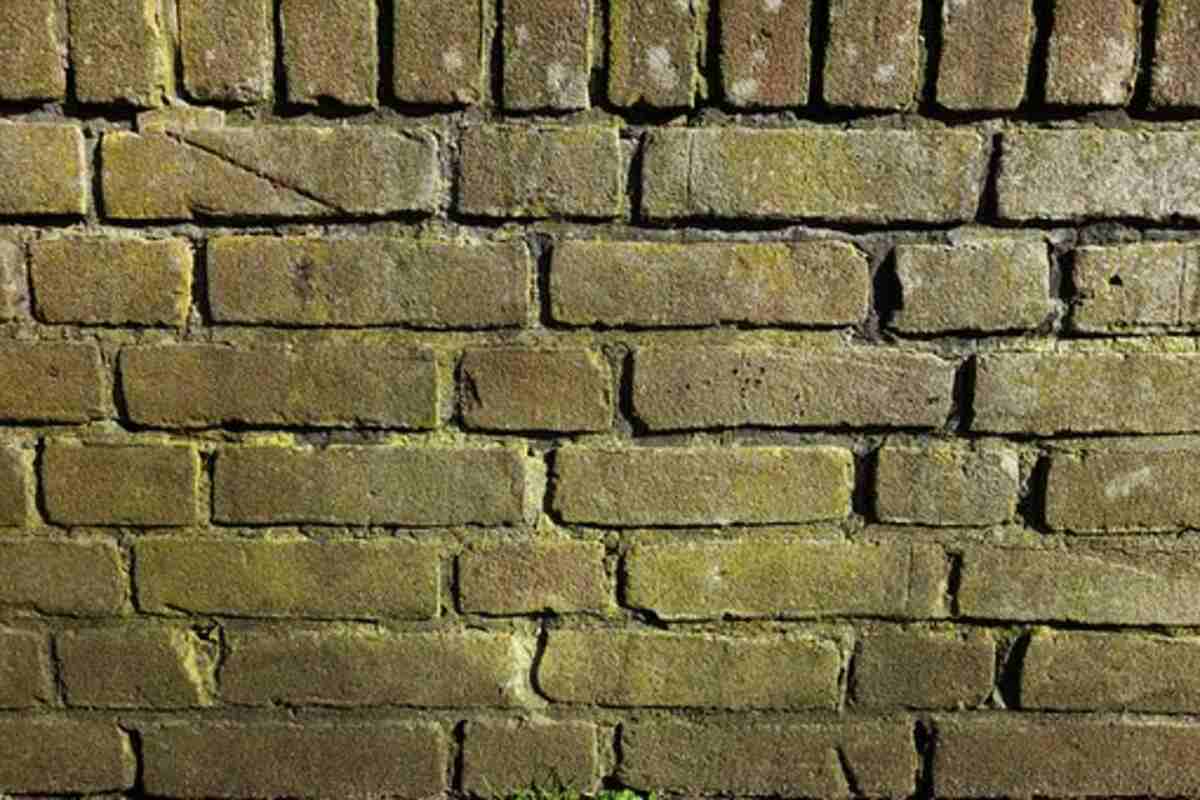If you notice visible mold on walls, it’s essential to get it taken care of as soon as possible. It can be a health hazard and cause allergic reactions in some people.
Small patches of mold should be relatively easy to remove using household products. However, if mold covers a large area, it might be best to seek expert help.
Bleach
Mold isn’t a pretty sight and can also harm your health. Exposure to mold spores and volatile organic chemicals (VOCs) produced by mold can trigger asthma, allergies, and other symptoms.
Bleach is a common household chemical that can remove mold from painted walls. It can be mixed with water to create a solution that kills mold and sanitizes the wall.
The bleach can be applied to the wall and scrubbed using a bristle brush. Allow the bleach to sit for 15 minutes, then rewash it using the meeting until the mold spots disappear.
Using bleach to clean a wall can be dangerous if you’re not careful, so ensure the area is well-ventilated and use protective eyewear and gloves. Wearing these will prevent you from getting exposed to the toxic fumes that are created when bleach is mixed with ammonia.
Vinegar
Mold can be a problem in many homes. It grows in damp places and can cause several health problems, such as respiratory issues, asthma, and allergies.
The good news is that there are several effective ways to remove mold from walls. The first option is to use vinegar.
Vinegar is a mild acid that can kill up to 82% of mold species. This means it is a cost-effective and safe way to treat mold infestations.
Spray a large amount of undiluted white vinegar into an empty spray bottle and apply it directly to the moldy area. Allow it to sit for at least an hour before rinsing or scrubbing it.
After the mold has absorbed the vinegar, scrub it off the surface with baking soda and water. Repeat the process as necessary until all of the mildew has been removed.
Wear protective gloves, masks, and goggles when applying these cleaning solutions. They may be harsh on your skin, so you should always test them first.
Baking soda
Baking soda is versatile, from removing stains to keeping your furniture fresh. One of its most popular uses is as a natural disinfectant for removing mold.
Mold thrives in moist and warm environments where it can take root in wood, walls, and carpets. It can be a severe problem for homes and businesses that suffer from allergies or asthma, but it’s not impossible to remove.
Baking soda is an effective tool for removing mold from surfaces because it can neutralize the acidity of the mold and create an alkaline environment in which it cannot survive. It can also absorb moisture, making the surface less attractive to mold growth.
Hydrogen peroxide
Hydrogen peroxide is an effective mold killer that works on various materials. It’s also a mild antiseptic and has microbicidal properties.
Hydrogen peroxide can remove mold from porous surfaces such as wood and fabric. It’s also a great way to remove mildew from bathroom items like towels and clothing, but make sure you spot-test first!
Besides being an effective mold-killer, hydrogen peroxide can help to remove the odors caused by mold growth. The oxygen in hydrogen peroxide reacts with the compounds that cause a moldy smell.
You can remove mold with 3% hydrogen peroxide and water. You can apply it directly to the surface, spray it onto a cloth, and wipe it down. You should leave the solution on for a few minutes before wiping it off. Then, rinse the area with water to remove any remaining mold spores. This will ensure that the mold will never return.


